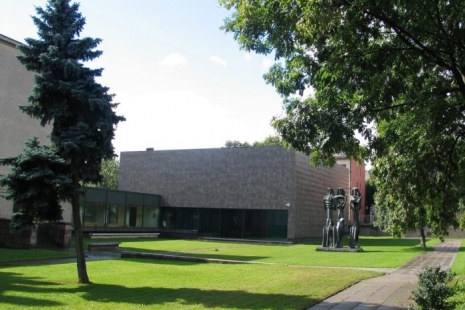Actually, this exhibition is a true manifestation of how the culture of the interwar city and a high-spirited rural tradition had intertwined to shape a harmonious and natural whole. It is also a proof of how the two phenomena had supplemented each other to become a distinctive feature of the period.
The provisional capital of the State of Lithuania since 1919, Kaunas developed rapidly and from a provincial town became a strong economic, political and cultural centre of Lithuania. En masse, young people were coming from villages to Kaunas to study and work. The urban way of life radically changed the peasant consciousness. A great number of those who graduated abroad returned and voluntarily started building a young state. Close ties emerged between professional and rural culture, which, in turn, had shaped the Lithuanian national art. Following cultural influences of other countries, Kaunas gradually approximated the European mode – fashion, music, architecture and restaurants.
Kaunas had formed into a city of exceptional culture – very much Lithuanian, Kaunas-like. The urban etiquette entailed the greatest respect for Lithuanian culture, the nation‘s history, historical and national flags became mandatory attributes during public holidays. Women and girls dressed in national costumes Birutė (the 1910s–1920s) on different occasions – the commencement ceremonies, weddings or public holidays. In the 1920s–1930s, a stylized national costume created by A. Tamošaitis came into fashion.
The original peasant creation gradually developed into the national craft. Art and craft workshops, unions and associations were set up throughout Lithuania. The Chamber of Agriculture organized paid courses in housekeeping, cooking, knitting, embroidery, woodwork and carpentry for girls and boys. Folk art became a representation of the city’s interior. Motifs of rural flowers and animals, embroidered tablecloths, napkins and rugs gained much popularity.
The young intelligentsia had formed a modern Kaunas-like style – when participating in parties and embassy events ladies distinguished themselves among the European representatives for their Kaunas-rural urban art deco style.





